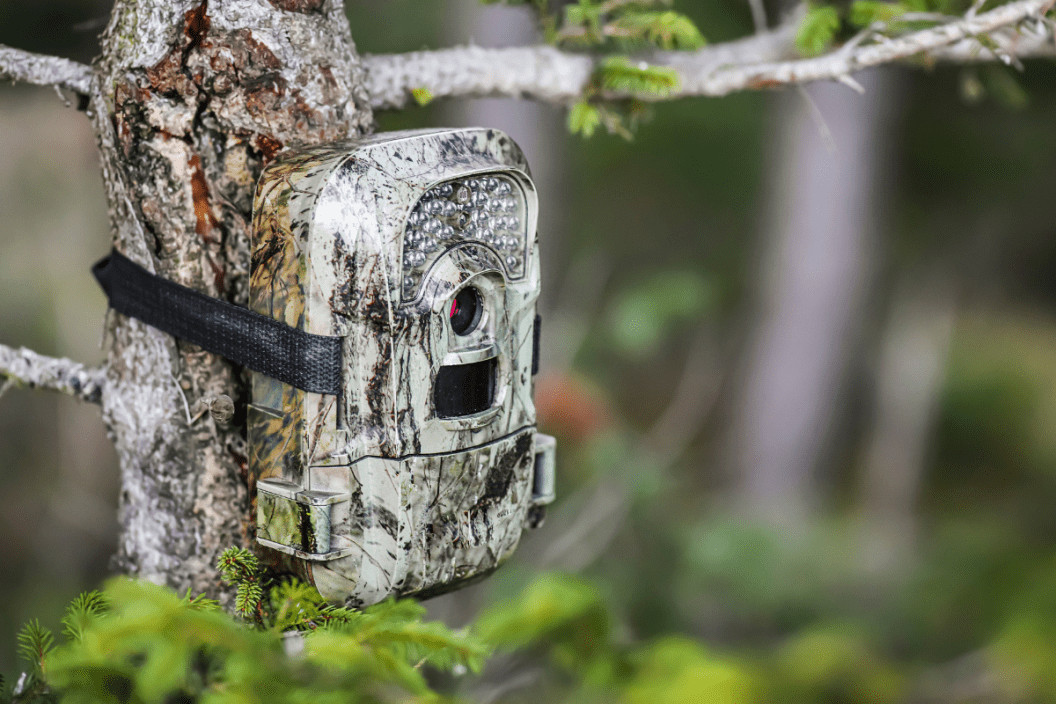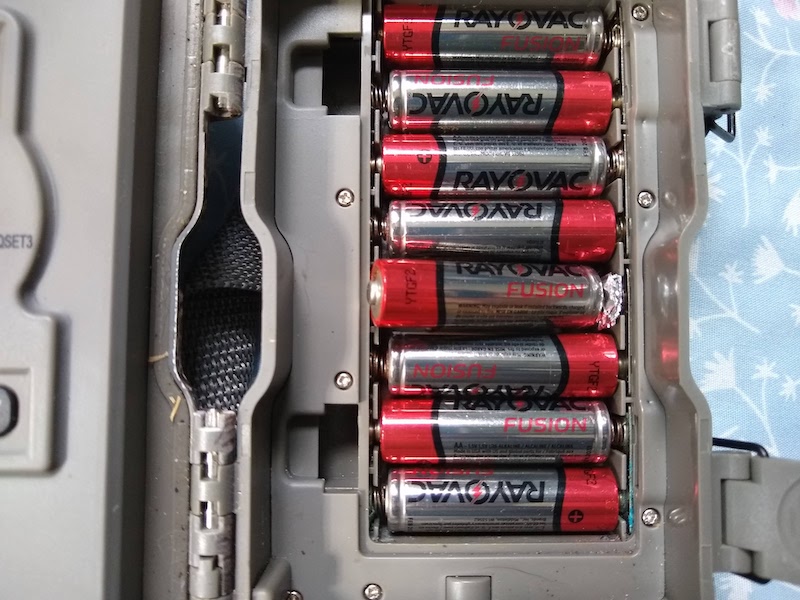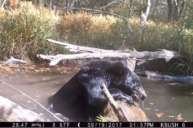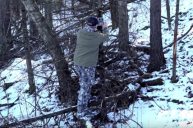I hope I never have to go out into the woods to check my trail cameras, only to learn that they haven't been working since I last checked them. This scenario can be an excruciating slap in the face for those who have trail cams in distant locations, or ones we can just check once in a while. Today's modern motion-activated video, audio, and photo cameras are worlds away from the kinds we started with back in the first-generation days of "close it and pray." However, even the best waterproof, weatherproof, lockdown cameras can still be prone to problems. Part of being a trail camera owner involves knowing a few repair hacks. We've been down this road before, so until they start manufacturing trail cameras that fix themselves, here are a few things to do before just buying another.
Removing Corrosion
I once left a camera in the hands of a friend, and they left the batteries in the battery compartment for too long. If it shows up, battery corrosion can eat away at your camera's effectiveness. There are several ways to eliminate any corrosion from battery leakage in the compartment of your trail camera. You can use mild acidic household items such as lemon juice or vinegar to remove the corrosion that has gotten built up in the battery compartment. Put a few drops in the affected area and let it neutralize the area for a few minutes, then wipe it away with a cotton swab. The only issue with this is that it may (or may not) leave an unwanted scent on your electronic device. For this hack, you can use common isopropyl alcohol, which disappears once used, and shouldn't leave a scent after it has a chance to air out.
Fix a Broken Strap
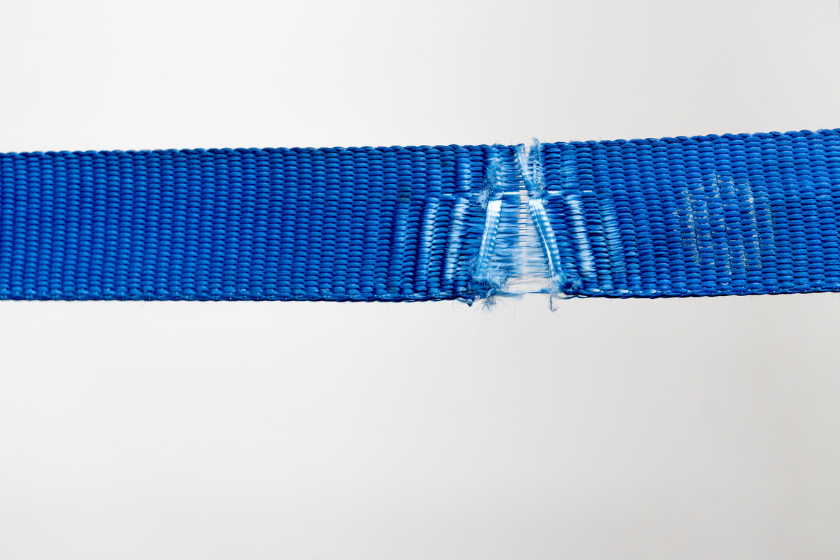
gabort71 via Getty Images
It's not just the camera, but its attachment points that you should pay attention to. When left out in the sun and elements, the strap on a trail camera can waste away, but paracord can save you a headache. A good rule of thumb is to use a green, light green, or better yet, a camo pattern cord for this hack since it can keep your camera on a tree and help it disappear in the woods. Also, think about using branches or wedges of trees to rest a camera on or snuggly inside, so straps and attachments are less affected by gravity.
Address Water Issues
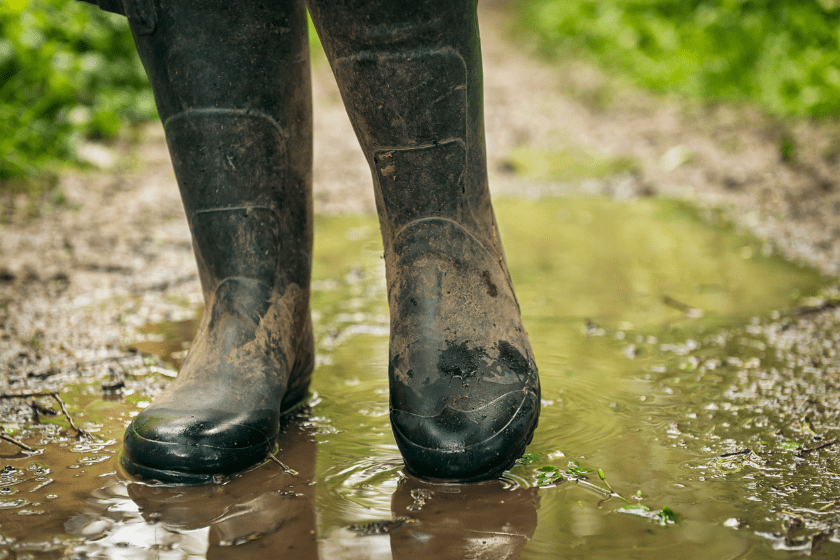
georgeclerk via Getty Images
One of the oldest hacks known for all the electronics we use - cell phones, radios, and watches - is to place the affected unit into a bowl of dry rice and wait. This has worked for trail cameras, before true waterproof capabilities become common features. I had an old "weather-resistant" model that got water logged, and the bowl of rice did the trick. Always check the lining on the camera door to see if it is leaking or damaged to prevent new problems.
Format the SD Card

Natnan Srisuwan via Getty Images
Newer motion cameras have been made more standardized to work with a wide variety of SD cards to keep this from being an issue with virtually any brand. Still, for many cameras made before 2019, you may need to format them to properly use them on computer programs. If you're asked to format, beware: it could delete everything you've recorded on that card. The hack here is simple: format it before you get it out in the woods! Depending on your trail cam brand, you can even format the card right in the camera using the setup/settings screen. A trial run wouldn't hurt, especially if you have to leave the camera for a period of time.
Photo Issues

PlazacCameraman via Getty Images
Less technical and more physical location, this hack helps get you what you ultimately need. Often this is a simple issue with camera placement and can be easily rectified. Still, you will need to move a camera's position if you aren't getting great photos. One great hack I learned years ago: if the camera is in the shade, looking out into a sunny area, you can be stuck with many and multiple photos of the same thing. Try to hang the camera in full sun or complete shade with an eye on keeping it away from things like moving branches or other obstructions. We're all going to get songbirds and the inevitable squirrel, but when it's crunch time, we want to see the animals we're targeting.
Hard Reset
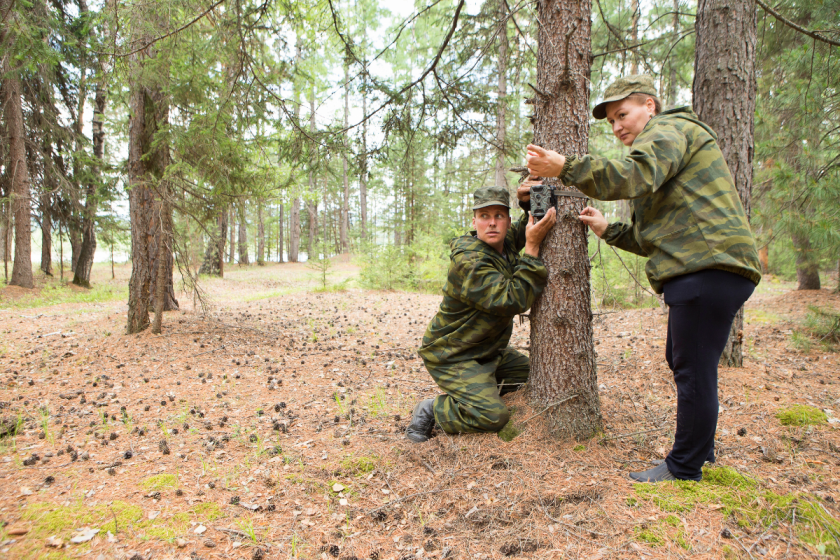
sdigital via Getty Images
If you're having really technical problems, we can't exactly give advice specific to your camera. You know to turn to the instruction manual for most troubleshooting. When all else fails, learn how to reset your camera back to the factory settings, and start from scratch. It's not worth having to guess whether or not your camera is doing its job while you're not there. But if you take the time and steps to be a little better prepared, you'll get much more out of a refreshed camera than you thought you would.
Please check out my book "The Hunter's Way" from HarperCollins. Be sure to follow my webpage or on Facebook and YouTube.
